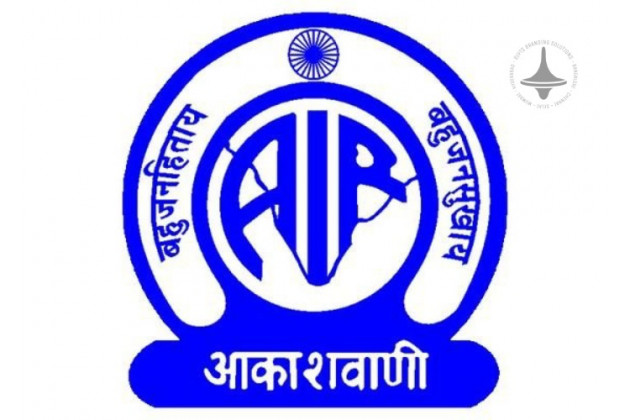AR | VR | Revolutionizing | Sports Media | Digital Marketing

In recent years, augmented reality (AR) and virtual reality (VR) have revolutionized various industries, and sports are no exception. As technology advances, sports organizations and brands are leveraging AR and VR to create immersive fan experiences, increasing engagement and loyalty. This article delves into how AR and VR are transforming the way fans interact with sports events and teams.
The Role of AR in Sports Fan Engagement
Augmented reality overlays digital content on the real
world, offering fans a more interactive and personalized experience. One of the
most notable applications of AR in sports is through mobile apps that provide
real-time statistics, player insights, and game analytics directly on a fan’s
device. For instance, fans can point their smartphones at a player on the field
and instantly view their stats, recent performances, and key game moments.
AR also plays a crucial role in fan engagement through
social media filters and interactive content. Teams and sports brands develop
custom AR filters that allow fans to virtually wear team jerseys, face paint,
or even participate in augmented cheering experiences. These digital
interactions help fans feel more connected to their favorite teams, even from
afar.
How VR Is Revolutionizing Sports Viewing
Virtual reality transports fans to a completely immersive
environment, offering a sense of presence that traditional broadcasts cannot
match. With VR headsets, fans can virtually sit courtside or be on the
sidelines, experiencing the action as if they were physically present. Some
sports leagues now offer VR broadcasts of live games, allowing fans to choose
their preferred camera angles and experience the excitement in a whole new way.
Additionally, VR offers interactive training experiences for
fans. Some teams have launched VR training simulators, giving fans the
opportunity to step into the shoes of their favorite athletes and attempt to
replicate their skills. This not only boosts engagement but also deepens fans’
appreciation for the athletes’ talents.
Enhancing Stadium Experiences
Both AR and VR are being utilized to enhance in-stadium
experiences as well. AR-powered navigation helps fans find their seats,
concessions, and restrooms with ease. Meanwhile, VR kiosks allow attendees to
relive iconic game moments or virtually meet their favorite players.
The Future of AR & VR in Sports
As technology continues to evolve, the integration of AR and
VR in sports is expected to deepen. Innovations such as holographic replays,
personalized VR content, and more immersive fan zones are on the horizon. By
embracing these technologies, sports organizations can not only boost fan
engagement but also create new revenue streams through virtual ticketing and
branded AR experiences.
Conclusion
AR and VR are reshaping the sports landscape, providing fans
with unprecedented ways to connect with their favorite teams and athletes. As
the adoption of these technologies becomes more widespread, sports fan
engagement will reach new heights, fostering deeper connections and
unforgettable experiences.
Elyts Advertising and Branding Solutions | www.elyts.in (India) | www.elyts.agency (UAE)






















Leave a Comment